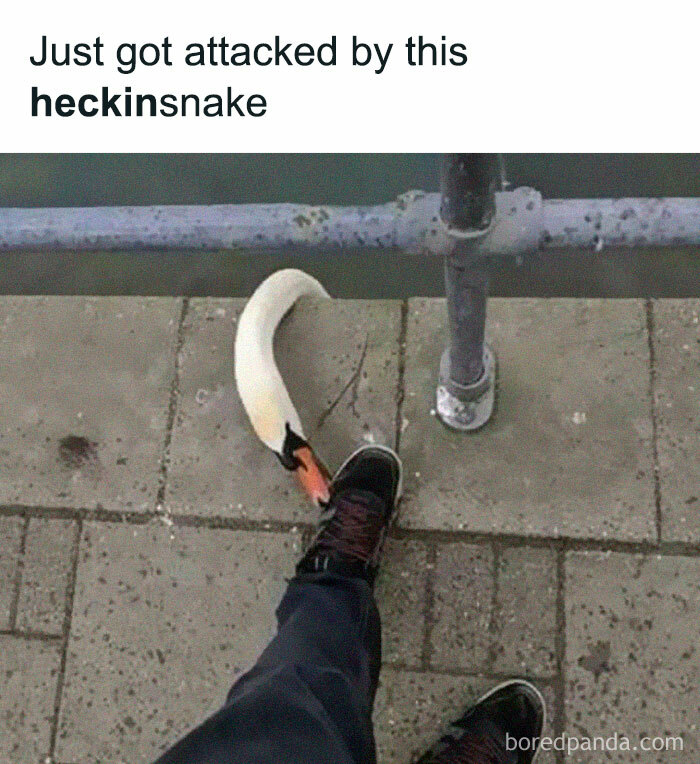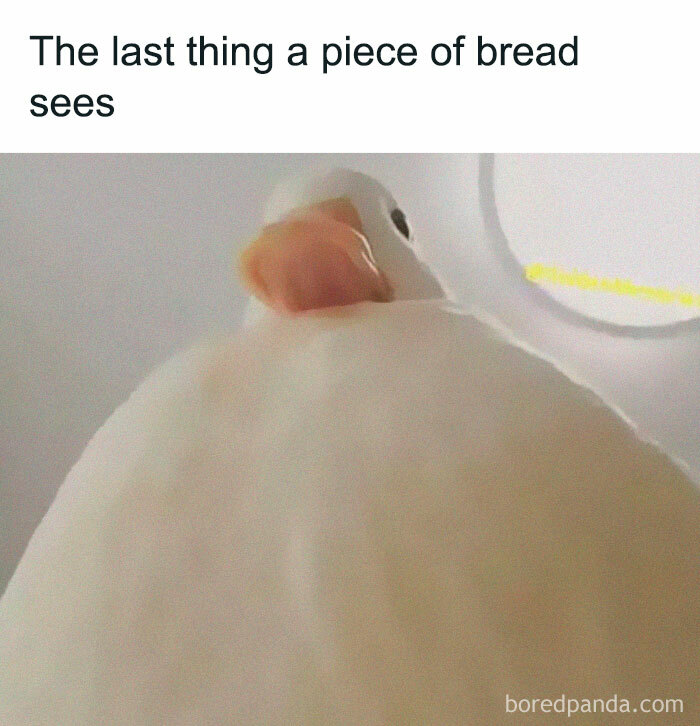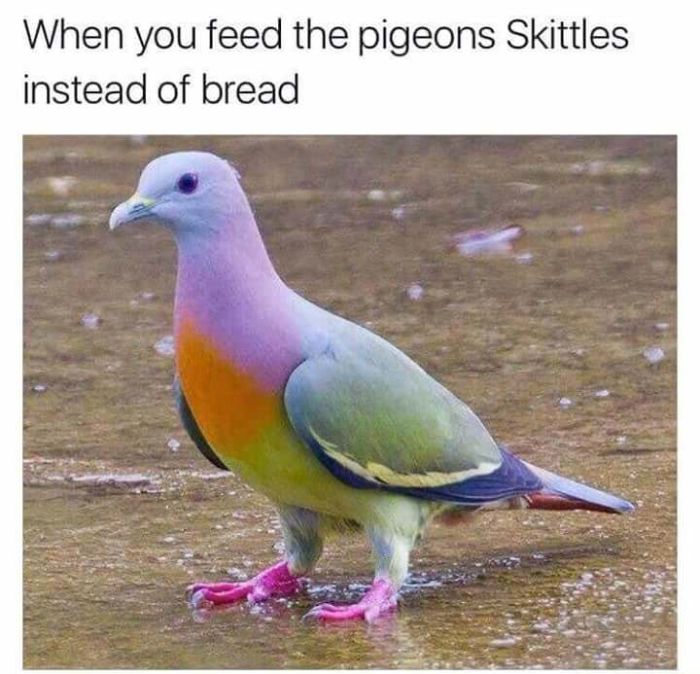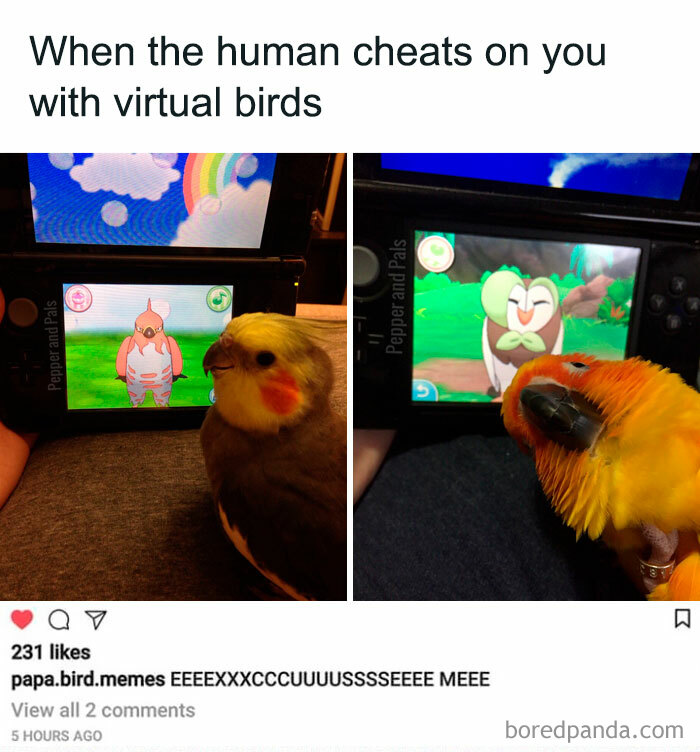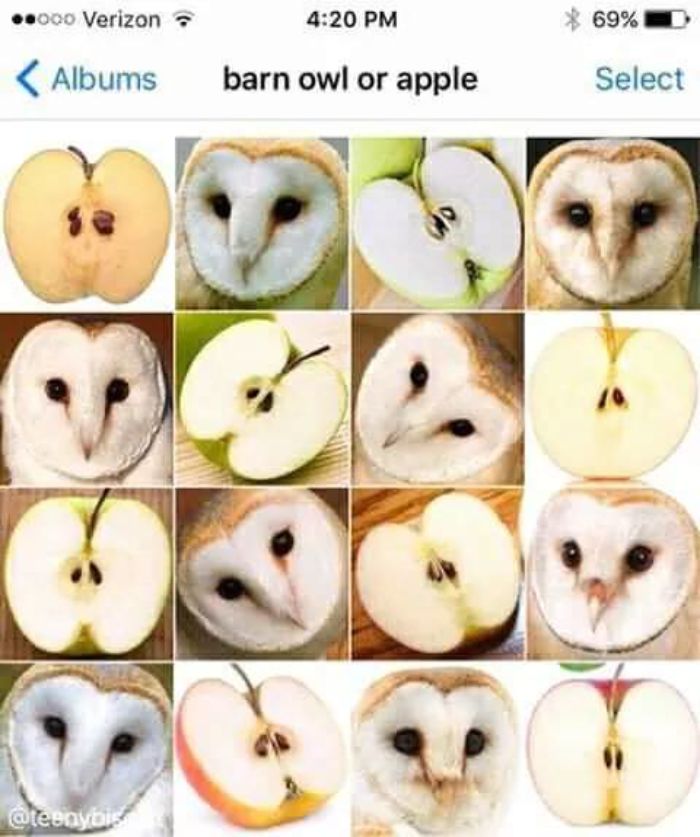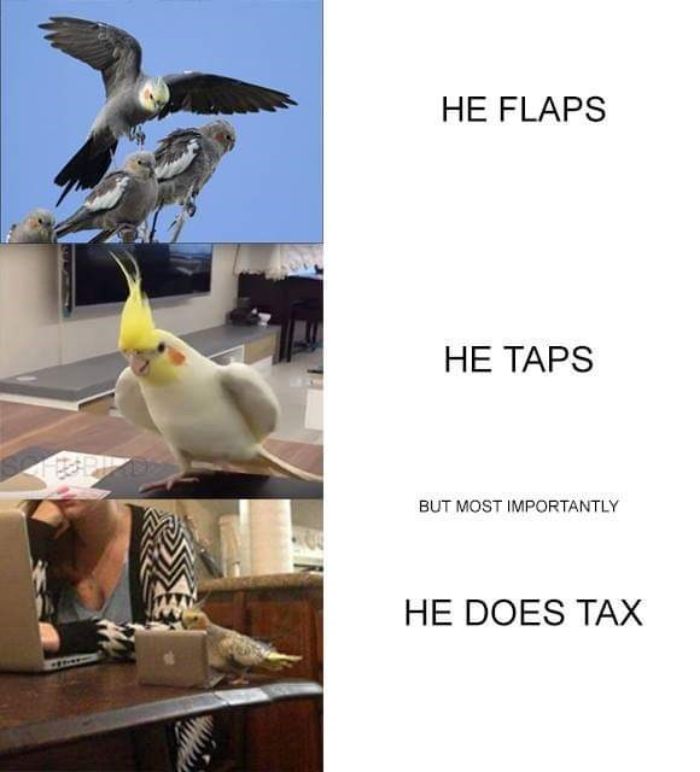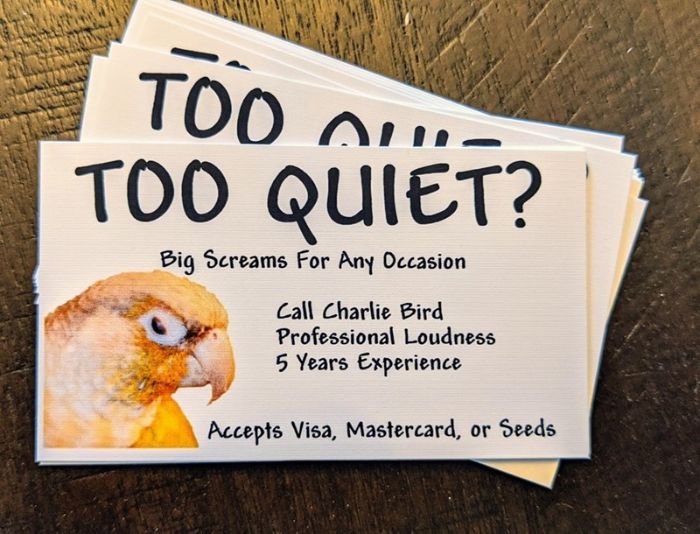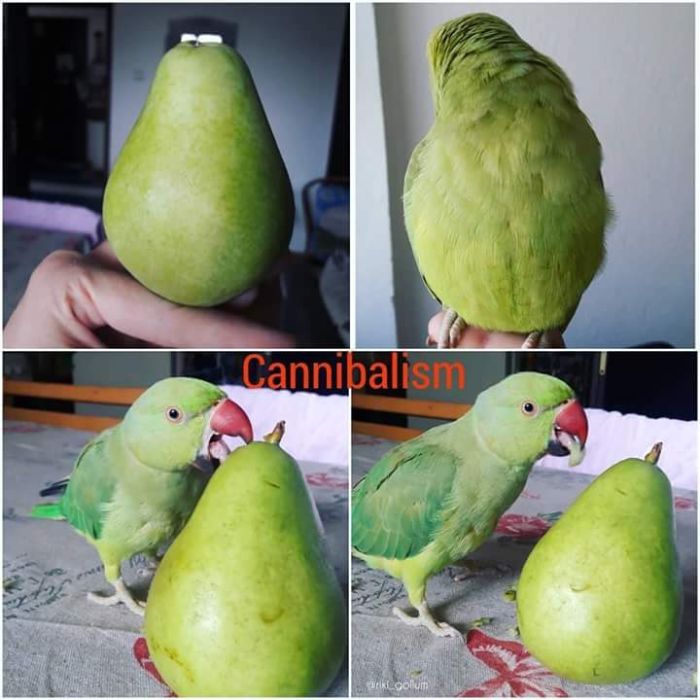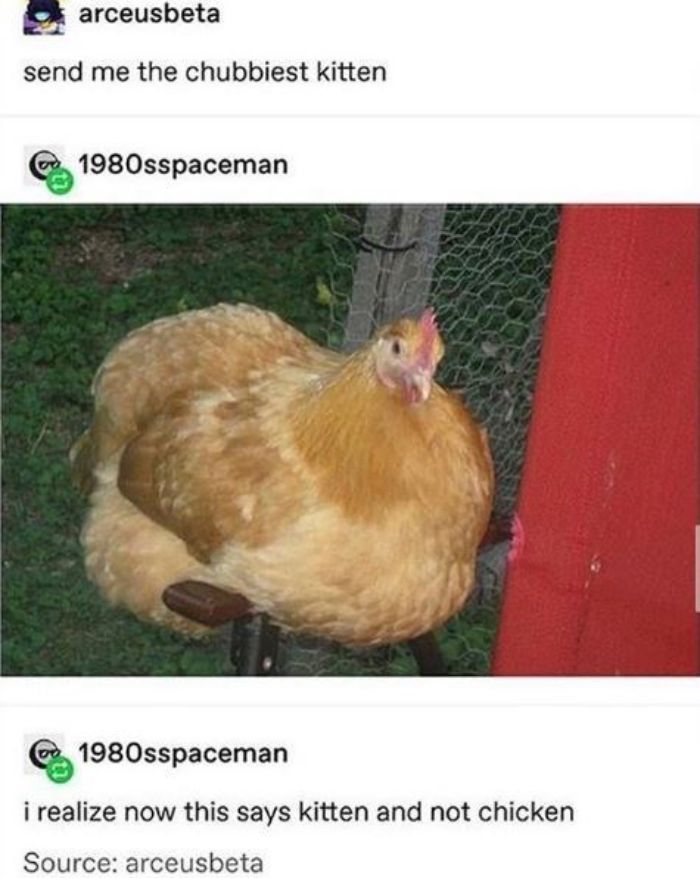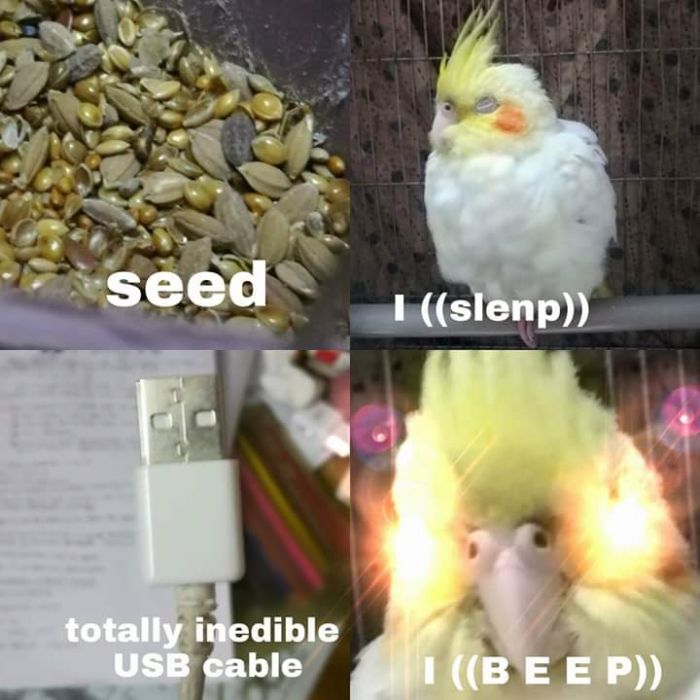We’re going to make your hearts soar and make you so chipper, you’ll be flying above your everyday problems. Our nature and animal-loving team here at Bored Panda has searched the wilds of the internet to bring you the very best, funniest, and featheriest bird memes that you’ll want to share with all of your pals.
As you’re scrolling down into this lovely aviary kingdom that we’ve created for you, give your fave birds a sweet boop on the beak with a good ol’ upvote. Let us know which memes you enjoyed the most. And if you’ve got a bird, birb, borb, or even a chonky blorb at home as a pet, let us know how that’s working out for you.
Something that I secretly dream about is making a meme or two that will go viral and take over the internet. Obviously, things are far easier if you’ve got a photogenic pet to work with. Say, a dashing-looking bird that’s bound to catch the attention of everyone scrolling through their social media feeds.
Then, you just need a few catchy words or phrases to round your meme out, and boom—you’ve got an instant meme sensation. But taking that perfect picture... now that's a challenge.
We might love birds a lot, but looking at them on the screen and out in the wild is a vastly different experience. And photographing them is a whole other ball game entirely. I wanted to learn a bit about how we should behave when we find wild birds, so I reached out to the friendly team at 'Help Wildlife,' a British charity-run advice website. I also had a lovely chat about taking pictures of birds with professional pet photographer Karen Weiler who was kind enough to explain how to get the perfect shot.
A representative of the 'Help Wildlife' team told Bored Panda that it's best to enjoy birds from a distance. "They offer a lot with their lovely looks and gorgeous songs so we can get a lot of pleasure from them without interacting directly," they said. Read on for both interviews to get some spot-on advice about feeding wildlife, which bird species might be vulnerable, what we can all do to pitch in and help our local wild birds flourish, and how we can take the best possible photos of animals.
This post may include affiliate links.
My Dads friend works with falcons and when he was using falcons to scare away crows and stuff at a beach club he found a baby crow he took it it and teached it tricks like when he snapped his finger the baby crow would fly to him. Sad this is is that when he was out a falcon got ahold of the baby crow, R.I.P Pojo
According to 'Help Wildlife,' there are a few "golden rules" that we should live by when it comes to feeding wild animals. "Make sure it's something healthy, don't feed so much that they become dependent on people, always keeping in mind you won't be the only ones feeding them, and don't let them associate people with food. It's best for their survival that they remain independent and don't start approaching people for food," they told Bored Panda what we should all keep in mind.
I was also interested to find out more about vulnerable endangered bird species. The 'Help Wildlife' representative noted that we might be surprised to learn the truth about some species. "Which bird species are vulnerable will depend on where you live but it may not be the birds you think. Here in the UK, for example, starlings and gulls are pretty ubiquitous but both types of birds are experiencing declines in numbers," they said. However, we shouldn't care only about the birds whose populations are under threat—all birds should matter to us.
"Our ethos, though, is that all bird lives are important regardless of how common or rare they are. They all have their value as individuals and they all have an important role to play in the ecosystem. To protect wildlife, try to create a natural environment on your patch of earth. Let your grass grow, plant wildflowers, create natural areas in your garden like log piles and ponds. All these encourage insects which are an important food source for many bird species," they shared.
Meanwhile, professional pet photographer Karen was kind enough to share with me her approach to taking photos of animals. "My approach is to find ways to communicate with the animal in such a way that they understand what is being asked of them and that they feel happy to do it. So, that part is the same no matter what species I meet," she said that whether it's a dog or a cat or a bird, the core of what lies at her photography philosophy doesn't budge.
However, what does change depending on the species of animal is how Karen communicates with them. "Some animals are drawn to voice commands, others are attracted to movement, light, or noise. I’ll use whatever makes sense. Then there is the difference between companion animals (often referred to as pets) versus wild animals in their natural habitat," the photographer shared with Bored Panda. When it comes to taking pictures of pets, it's not only helpful that the owner gets involved, it's also a lot of fun.
"Where an animal has a bond with a human or handler, I will encourage the person to get involved in the session because, put quite simply, the animal will respond to them. If the animal is wild, then it is a matter of studying the natural habits of these animals and anticipating their behavior to get the shot," she said. Karen stressed the fact that photographers should never ever bait wild animals in order to encourage certain behaviors. It's unethical.
When it comes to making photos truly stand out, we ought to focus on the animal's eyes. "The eyes—they truly are the windows into their souls. And we humans are instantly drawn to eyes looking back at us. Make sure there is light in the eyes—a ‘catchlight’—because it makes them look alive. Completely black eyes look dead," photographer Karen explained.
Taking the photos isn't the end of the project, however. Next, you have to add the finishing touches to them via photo-editing and post-production to truly make them yours. "Photographers have been developing their images for a long time now: First in the darkroom with chemical and paper, and now in a ‘digital darkroom’ using Photoshop and other software programs," the professional photographer pointed out.
"If you choose to accept the image as it comes out of your camera, you are allowing the engineers behind Canon, Nikon, Sony, Fuji, Apple etc. to ‘edit’ your image based on their algorithms and colour science. It’s not that there is something inherently wrong with that choice, but I think that creatives get more satisfaction from crafting the image themselves."
Chicken trying to figure out how it got famous enough for it's own sign
When it comes to pet photography—whether we’re talking about birbs, cattos, or doggos—there are a couple of other key things to keep in mind. First of all, lighting is incredibly important. So important in fact that it’s what you should really be focusing on before taking a snap of your bird for your next great meme. Lighting can make or break a photo.
Something else to keep in mind is that you can use sounds and toys to grab your pet’s attention. Tasty treats can work, too! So figure out what your pet best responds to before taking a snap.
However, bird photography out in the wild can be very different. Paul Bannick writes in Audubon that the first thing that you need to be aware of is how the bird that you want to photograph behaves. The more you know about your subject, the more adept you’ll be in following them with your camera lens.
“Birds move. They fly, scamper, swim, mate, fight, and dive, sometimes constantly, sometimes all at the same time. I usually see my best shots in my head first, watching behavior and anticipating what the bird will do next. If I know how my subject will move, I can select shutter speeds, f-stops, and ISO that maximize the potential quality of that image. In order to be successful, I spend a lot of time learning about my subjects, watching them closely and reading up on them, so that I know how they might behave under different circumstances,” Bannick writes.
According to Bannick, you shouldn’t be the one chasing birds out in the wild. Instead, he suggests being patient. “Let the birds come to you. It is tempting to chase birds, since most are timid and move away from us. This often results in photos of birds turning or leaning away or, even worse, with their backs to the camera as they flee,” he explains.
Why am I thinking of what happens if one of the Minions from Despicable Me ate it
“By studying behavior and habitat ahead of time, you can anticipate where a bird will land, walk, or fly, and set yourself there in advance so that the bird comes to you, resulting in a much more compelling and intimate photograph,” he reiterates that the more you know about your subject, the more you’ll be able to anticipate its movements and react accordingly.
However, good photos don’t take themselves and don’t come out perfect in the first few snaps. Patience is your best and biggest weapon: the more effort you’ll put in, the closer you’ll be able to get to the picture that you have in your mind’s eye.
It's a Pink-necked Green Pigeon. Their colours are more muted in real life. https://en.m.wikipedia.org/wiki/Pink-necked_green_pigeon
Personal opinion: the second most cursed image on the Internet. It's second to the face swap between Daisy Ridley and Rian Johnson on the set of The Last Jedi.
Clive breathed a sigh of relief and whispered a prayer of thanks to the spirits of his mighty dinosaur ancestors
Sure... But irl, chickens will definitely eat that. Birds are savage.
This is true for cats as well. I've been up for hours because one of mine decided to perform Romeo and Juliet next to my door.
Me when I remember there's still a piece of chocolate pie in the fridge.
I am afraid of birds, especially ducks and chickens but these are super cute memes. If the neighbors chickens are out, they stay in my yard where I have several large mulched areas. They love mulch. I will not go home. I simply back out of the driveway a wait til dark to come home. After a few weeks of this, I removed all the mulch.
I am afraid of birds, especially ducks and chickens but these are super cute memes. If the neighbors chickens are out, they stay in my yard where I have several large mulched areas. They love mulch. I will not go home. I simply back out of the driveway a wait til dark to come home. After a few weeks of this, I removed all the mulch.

 Dark Mode
Dark Mode 

 No fees, cancel anytime
No fees, cancel anytime 





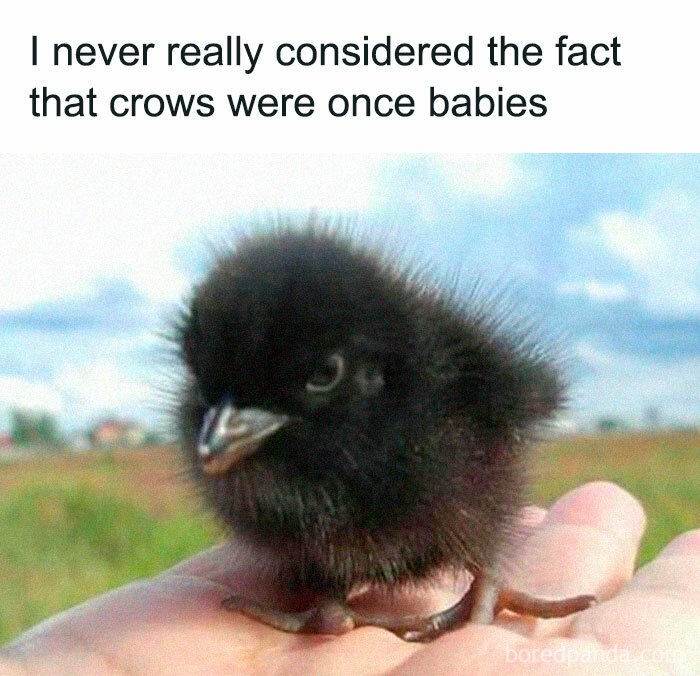









![The Prophecy Has Been Fulfilled
[dm For Credit/Removal]
|follow @memes.bird (Me) For Daily Bird Memes!|
🔴my Other Accounts: @didyouknowgamingfacts, @bestofgamingmemes, @featured.memes, @memes.birds (Backup)
-
#bird #birds #birb #birbs #birdmeme #birdmemes #birbmeme #birbmemes #meme #memes #bestmemes #funny #lol #haha #hilarious #dankmemes #funnymemes #dankmeme #funnymeme #animal #animals #animalmeme #animalmemes #nature #wholesome #wholesomememes #pet #pets #cute #chicken The Prophecy Has Been Fulfilled
[dm For Credit/Removal]
|follow @memes.bird (Me) For Daily Bird Memes!|
🔴my Other Accounts: @didyouknowgamingfacts, @bestofgamingmemes, @featured.memes, @memes.birds (Backup)
-
#bird #birds #birb #birbs #birdmeme #birdmemes #birbmeme #birbmemes #meme #memes #bestmemes #funny #lol #haha #hilarious #dankmemes #funnymemes #dankmeme #funnymeme #animal #animals #animalmeme #animalmemes #nature #wholesome #wholesomememes #pet #pets #cute #chicken](https://static.boredpanda.com/blog/wp-content/uploads/2021/07/5-60f91935d5181__700.jpg)











